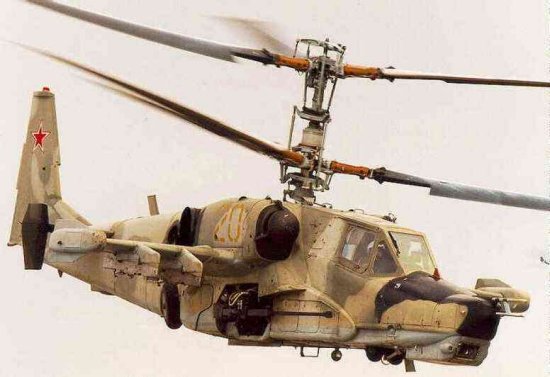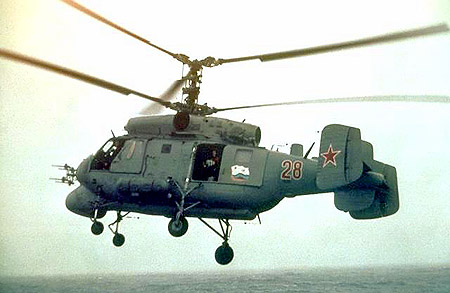wbarnhill
Final Approach
Not able to get out and fly? Enjoy hovering in your own home 
http://www.thinkgeek.com/geektoys/rc/833d/
http://www.thinkgeek.com/geektoys/rc/833d/
tonycondon said:I got something like that for christmas. It was quite fun to hover around. once you crash it into a wall/ceiling fan/or floor a few times it stops flying quite as straight which makes it a little more challenging. of course eventually the thing self destructs like real helicopters(jk Bob!)

I know. The real thing can do a pretty good job of crashing when you let go of the controls, tootonycondon said:I got something like that for christmas. It was quite fun to hover around. once you crash it into a wall/ceiling fan/or floor a few times it stops flying quite as straight which makes it a little more challenging. of course eventually the thing self destructs like real helicopters(jk Bob!)
jangell said:Crap. It's sold out. I would have bought it. I am easily entertained.
jangell said:Crap. It's sold out. I would have bought it. I am easily entertained.


RotaryWingBob said:I know. The real thing can do a pretty good job of crashing when you let go of the controls, too
The counter-rotating coaxial rotor concept was tried on at least one helicopter -- the Soviet Kamov-25, the idea being that there would be no torque effects. What I don't know is by what mechanism the pilot can induce yaw in the equivalent of a pedal turn, which uses tail rotor pitch change to induce yaw.
Anyway, it looks like fun, but I still like the real thing
Steve said:http://www.aerospaceweb.org/question/helicopters/q0034.shtml
"Yaw control is achieved by increasing the blade pitch on one rotor while decreasing the pitch on the other. The result is a differential in torque, resulting in a yawing motion. The most notable advantage of the twin coaxial arrangement is that it is very compact. Although the twin rotor configuration tends to be rather tall, the lack of a long tail boom results in a very short fuselage that takes up much less space. For this reason, Kamov designs have proven very popular for shipboard use with the Russian Navy. "
http://www.aerospaceweb.org/aircraft/helicopter-m/ka50/

KA-50 "Hokum"
http://www.globalaircraft.org/planes/ka-25_hormone.pl

KA-25 "Hormone"
wbarnhill said:Out of curiousity, could you somehow allow the torque of one rotor to overcome the torque of the other in order to turn?
This has been my experience too. If anyone saw me try to fly an RC airplane, let alone a helicopter, they would not let me anywhere near the real thing.Laurie said:My experience with flying anything but a full scale aircraft has not been exactly good for the equipment.
Good post, thanks Steve!Steve said:Some close up views of rotor system
http://www.kamov.ru/market/encycl/coahe.htm
Pedals are used for yaw control. Instead of feathering the blades of a tail rotor to pivot a helicopter about its yaw axis, the pedals at the feet of the pilot of a coax' alternately feather the blades on both main rotors to yaw the helicopter left or right.
http://www.kamov.ru/market/news/petr11.htm
[rather long explanation of why coaxial is better than tail rotor designs, according to Kamov]
